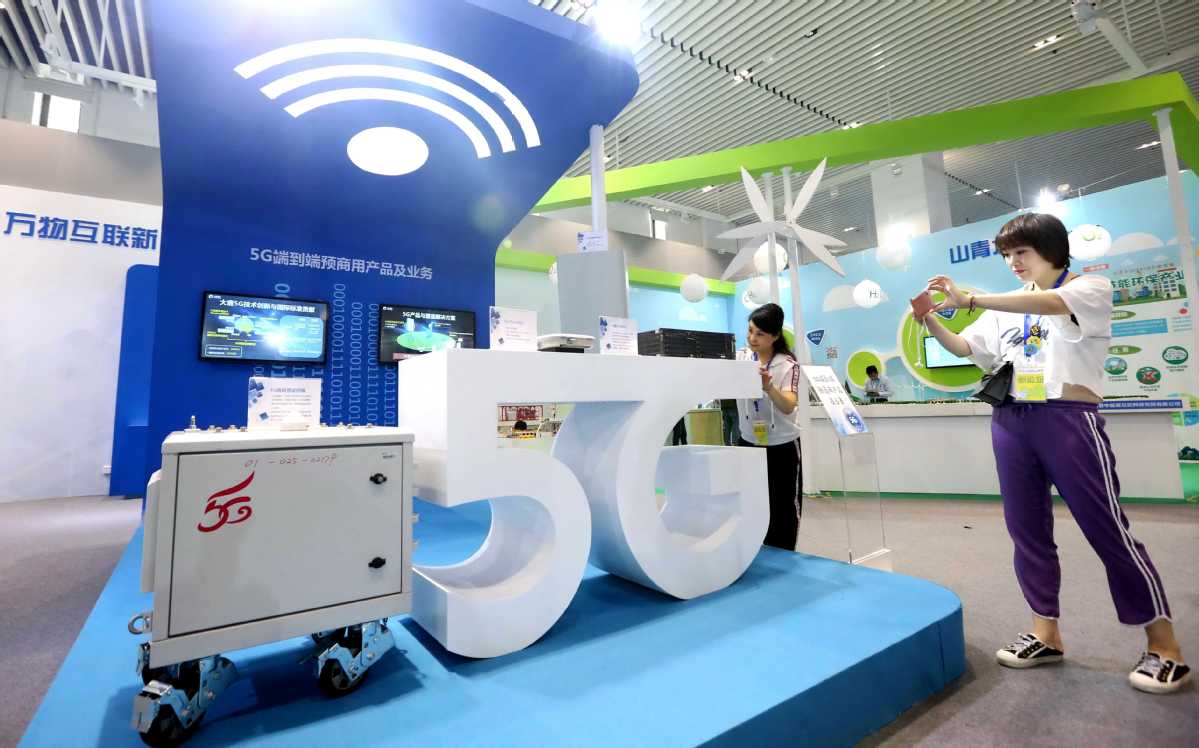


RAND's publications do not necessarily reflect the opinions of its research clients and sponsors. For more information, visit The RAND Corporation is a nonprofit institution that helps improve policy and decisionmaking through research and analysis. To help ensure our research and analysis are rigorous, objective, and nonpartisan, we subject our research publications to a robust and exacting quality-assurance process avoid both the appearance and reality of financial and other conflicts of interest through staff training, project screening, and a policy of mandatory disclosure and pursue transparency in our research engagements through our commitment to the open publication of our research findings and recommendations, disclosure of the source of funding of published research, and policies to ensure intellectual independence. Our mission to help improve policy and decisionmaking through research and analysis is enabled through our core values of quality and objectivity and our unwavering commitment to the highest level of integrity and ethical behavior. Many RAND studies are published in peer-reviewed scholarly journals, as chapters in commercial books, or as documents published by other organizations. This report is part of the RAND Corporation External publication series. and Japan can promote Open Radio Access Network (O-RAN) and virtualized core technology solutions to restructure wireless markets, while also working with partners to advocate for data privacy norms embodied in international standard-setting institutions. To balance privacy, economic competition, and national security, the U.S.To provide alternatives to Chinese 5G ICT, Washington and Tokyo are actively investing in secure and resilient 5G technologies and using these as a bridge to 6G solutions, while leveraging export promotion and development finance tools to help these technologies spread in third-country markets.

and Japan have focused on expelling untrustworthy Chinese 5G technology from their ICT markets, tightening foreign investment review processes, enhancing visa screening and working with universities to counter Chinese intellectual property theft and talent recruitment, and ensuring that Chinese 5G firms are unable to draw on allied capital markets to fund their expansion. To reduce Chinese firms' market access, the U.S.and Japan should consider working to counter the advantages of Chinese firms by cutting off their access to key markets, technology inputs, talent, and capital ("tripping the competition") build up free-world alternatives ("running faster") and restructure the global playing field to protect privacy, economic competition, and national security ("putting the fix in"). Under Chinese law, 5G ICT firms like Huawei and ZTE are required to grant Chinese authorities access to any data that touches their systems. The country has also launched more than 1,800 5G+ industrial internet projects, covering 22 key industries and forming 20 typical application scenarios.Chinese leaders have promoted 5G ICT as a component of both the Belt and Road Initiative and Military-Civil Fusion-efforts intended to extend China's influence around the world for national, commercial, and military advantage. As of the end of November last year, China built a total of 1.4 million 5G base stations, covering all cities above the prefecture level, more than 97 percent of counties and 50 percent of townships in the country, said the CAICT. In addition, the country continued to promote the construction of 5G networks and expand 5G coverage in major cities. As of the end of December, a total of 671 types of 5G terminals obtained a network access license, including 491 types of 5G mobile phones, 161 types of wireless data terminals and 19 types of vehicle wireless terminals.ĭeclining phone prices have injected impetus to the boom in 5G's popularity, as the price of 5G mobile phones dipped below 1,000 yuan (about $157.4), the institute noted. This is the first time that one of the big four jointly issues a 5G report with domestic operators. The number of 5G terminals increased rapidly last year. Deloittes latest report ' 5G: Reshaping the Industries' was jointly developed by Deloitte China Technology, Media & Telecommunication Industry, Deloitte Financial Advisory Department and China Unicom. The figure accounted for 75.9 percent of the total shipments during the same period, much higher than the global average of 40.7 percent, said the CAICT, a research institute under the Ministry of Industry and Information Technology. Shipments of 5G phones in China skyrocketed by 63.5 percent year on year to reach 266 million units in 2021, data from the China Academy of Information and Communications Technology (CAICT) showed on Friday.


 0 kommentar(er)
0 kommentar(er)
